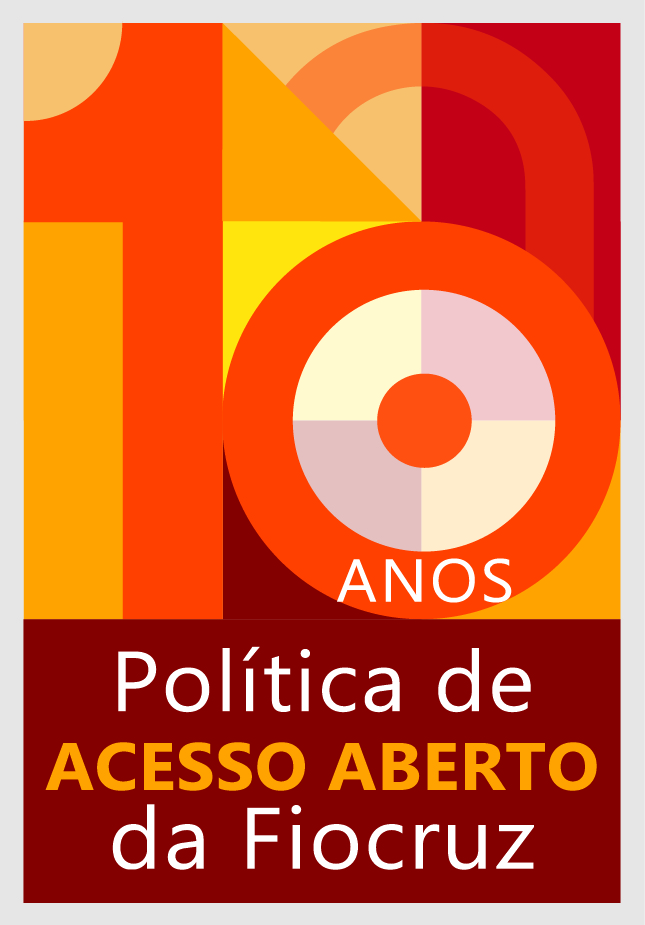Building knots: parallels and lessons between HIV/aids and covid-19 from the analysis of semantic networks on Twitter
DOI:
https://doi.org/10.29397/reciis.v16i1.2441Keywords:
HIV/aids, Covid-19, Communication, Twitter, Semantic analysis.Abstract
This article seeks to analyze posts on the digital social network Twitter containing the terms ‘HIV/aids’ and ‘covid-19’ published in April 2021, when the Ministry of Health expands vaccination against covid-19 for people with HIV/aids. Our objective was to compare the two epidemiological events in the country, highlighting parallels, subjectivities and lessons from the corpus. In order to do that, we chose a quanti-qualitative method of analysis of semantic networks based on the collection of digital content, identifying the pairs or sets of words that most connect, forming networks of analogous meanings, called clusters. As a result, we identified the political-partisan polarization of comments on covid-19 and HIV/aids on Twitter, the re-emergence of stigmas associated with specific groups, such as homosexuals and Asians, the large-scale spread of misinformation about the two diseases, revealing a field of tensions and narrative and media disputes as a ‘necropolitical’ tool.
Downloads
Published
How to Cite
Issue
Section
License
Author’s rights: The author retains unrestricted rights over his work.
Rights to reuse: Reciis adopts the Creative Commons License, CC BY-NC non-commercial attribution according to the Policy on Open Access to Knowledge by Oswaldo Cruz Foundation. With this license, access, download, copy, print, share, reuse, and distribution of articles is allowed, provided that it is for non-commercial use and with source citation, granting proper authorship credits and reference to Reciis. In such cases, no permission is required from the authors or editors.
Rights of authors’s deposit / self-archiving: The authors are encouraged to deposit the published version, along with the link of their article in Reciis, in institutional repositories.












